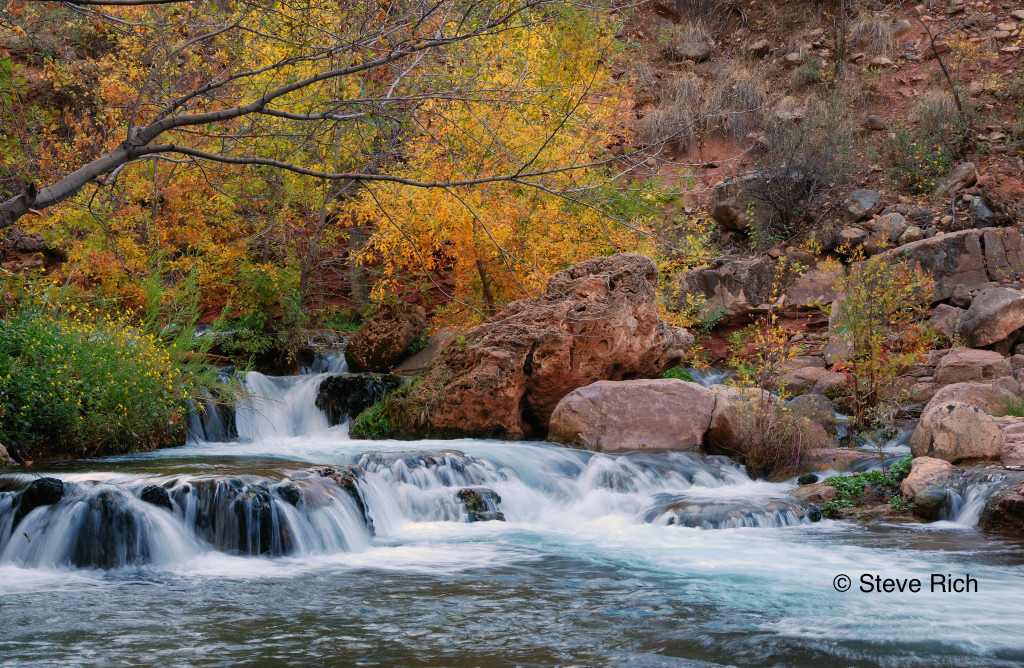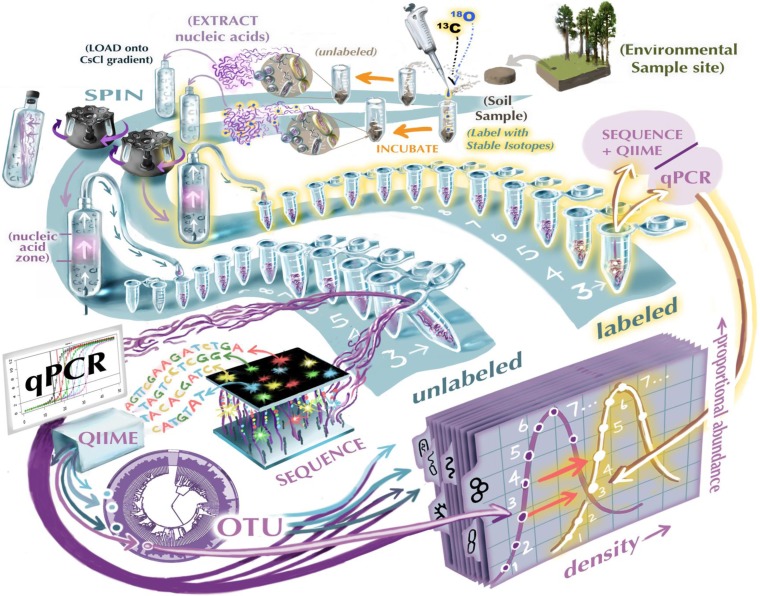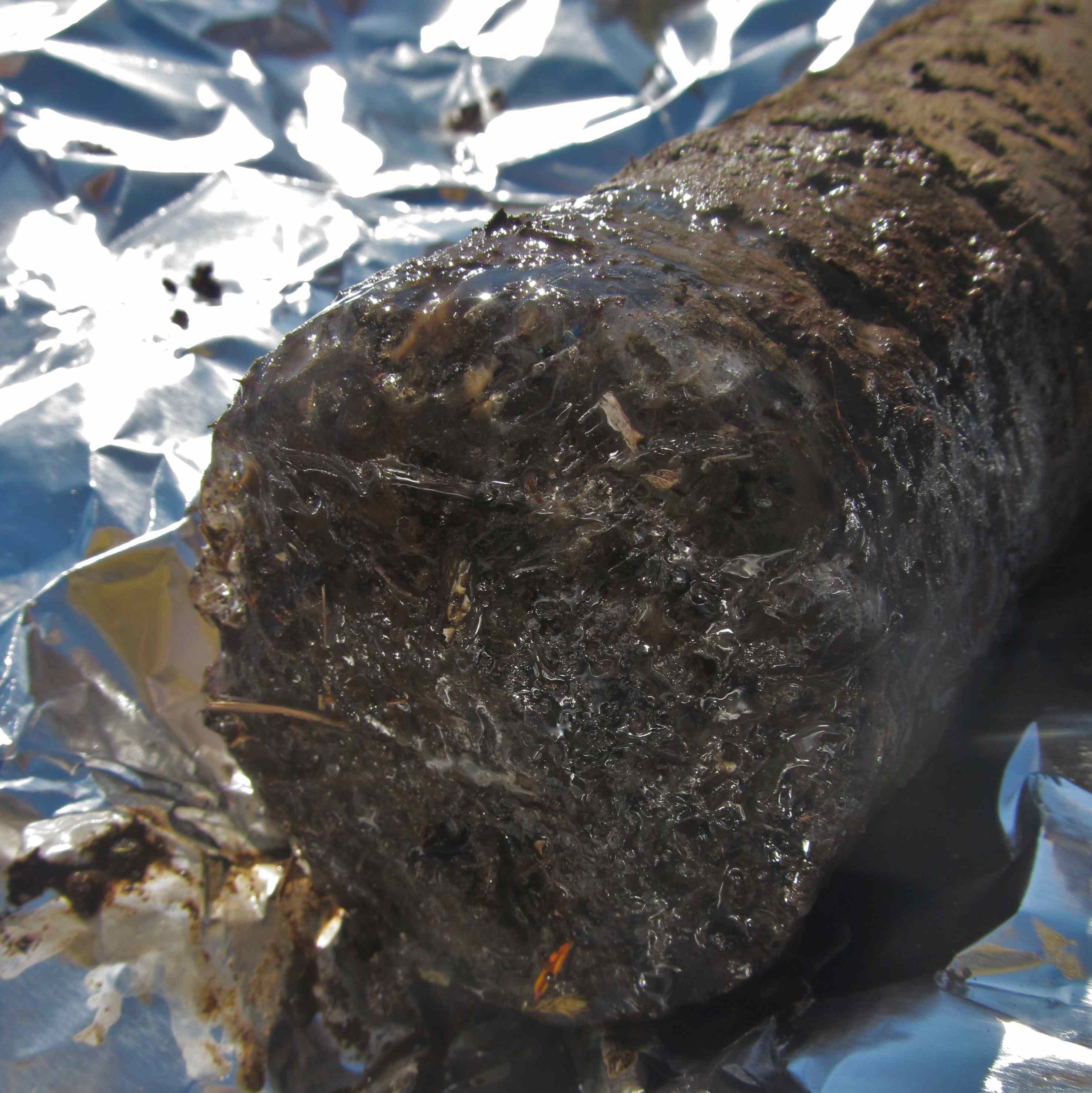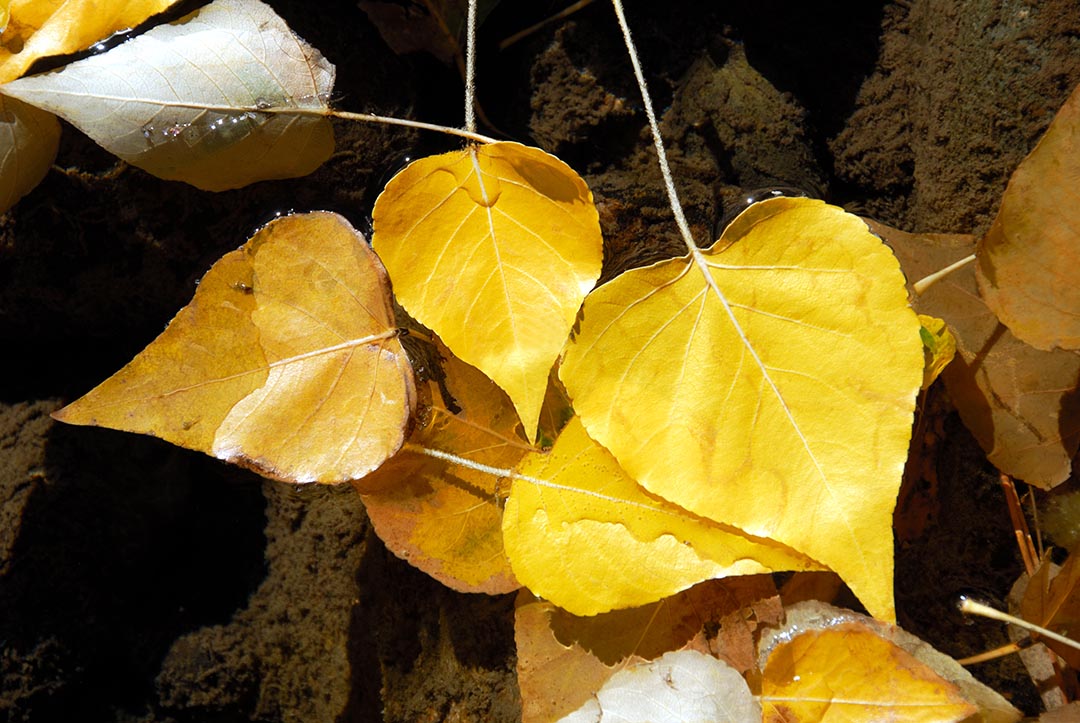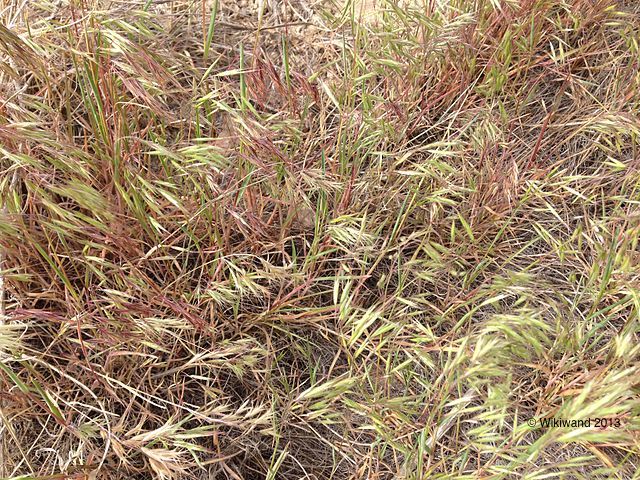Stream Restoration
Fossil Creek Restoration Can we restore a river after a century of disturbance? Research in the Marks Lab has addressed the following questions: How did native species respond to restoration? Employing a BACI design (Before After Control Impact), we determined the relative importance of flow restoration versus non-native fish removal Read more…


